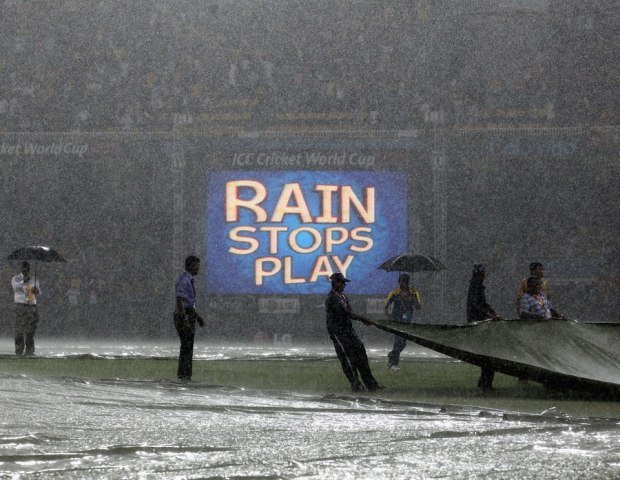Cricket has many incomprehensible rules and, to the section of passionate fans of ODI Cricket and 20 over’s (Twenty20), there are not many that are so hard to get your head around as the Duckworth-Lewis (D / L ) method. So what is the Duckworth-Lewis method?
The Creation of the Duck worth-Lewis Method
Although cricket is a summer sport tends to be played in a lot of countries where summer does not necessarily mean it will be hot and sunny, and above all, free rain. Because Cricket can play anything more than 3-5 days (the deadline given before kickoff) little things like rain delays only add to the tension, fun and more often than not draw.
In One Day International and Twenty20, where games are played over one day, would be a distinct advantage if one side batted first, add a large number of runs, then the second side at bat had to score the winning runs with less over’s.
Strangely enough, despite an international day has begun to gain popularity in the 1970s, there was a definite system in place to recalculate rain affected games until the method of D / L was used for the first in 1996/97.
Frank Duckworth and Tony Lewis were the two mathematicians who devised the system that was eventually adopted by the International Cricket Council in 2001.
How does it actually Work?
There have been several reviews of the system over the years, and the introduction of Twenty20 has caused a number of staking, but essentially is:
To start with both teams in an ODI must face twenty over’s before the game is classified as a game. That means that a team could hit their entire 50 over’s and the match was classified as void if the second team only manages to hit 19 over’s and 5 balls (each about 6 balls be long except over’s including variety and no ball -).
For a Twenty20 game, where each team faces 20 over’s each (assuming ‘additional’ over’s was not shot by additional deliveries that need to be overwhelmed by all and no-ball), the number of over’s that must be addressed before the game is a real game is 5 over’s each.
If the first team at bat does not complete its assigned number of acquisitions due to a rain delay then Method D / L is used to resolve a projected number of races that the team should have gotten if they had been able to complete all of its extensions.
Previous matches were analyzed showed that there was a correspondence in the games between the number of balls remaining on roll and the number of wickets in hand. Most wickets in hand, and balls that are rolled, one side more runs would probably be added before the game had reached a “natural” conclusion.
These statistics were converted at a rate that could apply to either increase the projected score, or cut score and off as required.
For example, a team may have completed 50 over’s and the second team will be hit with a sudden downpour after hitting their first 20 over’s. They have wickets in hand (and exceed the point where the Duckworth -Lewis method comes into play, which is often when the game is delayed for more than 30 minutes) as a new number of tracks necessary, and deliveries in, is calculated.
If play resumes, then stops again, the batting side will know how many runs must be at x number of over’s so they can win the game, even if they have to come back on the field again. If a wicket falls, the number of runs needed to win increases in x number of over’s.
If the team is bang on target and the rest of the game is washed, then it’s a tie. If you are below the required number of runs when they go and play lost.
Does this Method Really Works and is Fair?
Statistically Duckworth -Lewis method is quite accurate compared to previous games ended, although many people would argue whether it is right.
There have been many games where the method of D / L has come into play and the second batting side have had the number of runs needed to gain reduced maybe 3 or 4, but the number of over’s to get them to also have reduced by 2 or 3. That means (potentially) 12-18 runs less to enter.
Very often the balance in reducing the number of runs when compared to the small number of deliveries seems to be a bit unfair – depending on which team is supporting at the time, of course.
In Twenty20 where there is less over’s and usually runs less marked, some of the amendments made by the Duckworth-Lewis method does not seem to make sense.
For example, in a World Cup match England had managed a creditable 191 runs for 5 wickets in their 20 overs, and then it started to rain after just 2.2 over’s hunting the West Indies. By the time they had scored 30 without loss. The method of D / L and then set the West Indies a target of 60 runs in 6 over’s, which they did with a delivery to spare.
There you have it, a brief look at what the Duckworth-Lewis method is and how it works.
Both teams have to complete at least 20 over’s each in an ODI, or 5 over’s each in a Twenty20 match that is a “real” game.
Method D / L scores adjusted up or down (over’s only adjusted down) based on the number of wickets the team has on hand and the number they have left over’s. The percentage used is based on historical data from other parties in similar positions in their games.

